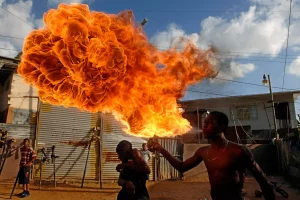The digital photo cataloging solution for Mac, Peakto 1.0 Pic Saint Loup has been announced for 2022. So we would like to introduce you to the beautiful world of the Pic Saint Loup, the emblematic mountain of Occitania in the South of France, close to the CYME headquarters in the hinterland of Montpellier.
Today we propose that you discover the Pic Saint Loup from the point of view of biodiversity and the incredible conservation work of the LPO association. It is a pleasure to share with you this interview with Pierre Maigre, vice president of the delegation within the association. He shares with us the motivations of his commitment and his passion for photography.
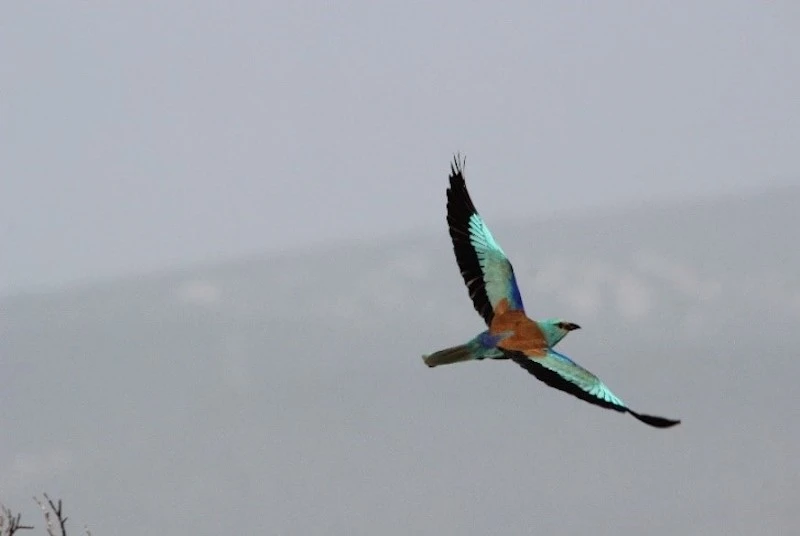
Pierre Maigre, could you tell us a little more about the LPO association and your role within the association?
The LPO France was created in 1912 to fight against the destruction of puffins (which have become emblems of the association) in Brittany. Currently chaired by Allain Bougrain-Dubourg, the association has 60,000 passionate members who keep the stakes of biodiversity at the heart of their actions. I exercise the functions of vice president of the territorial delegation “Hérault,” president of the LPO Occitanie and member of the Board of Directors of the LPO France.
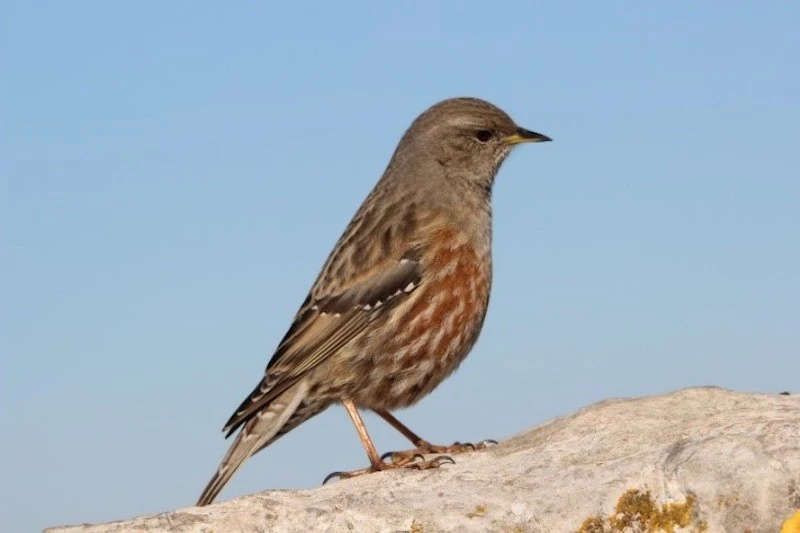
We saw that some of the missions of the LPO association are done on a regional scale, more precisely at the Pic Saint Loup area. Why did you choose this place? What is special about it?
The Pic Saint-Loup is a famous site from the point of view of landscape (with its complement of the cliffs of the Hortus). But it is also famous because it shelters a rich biodiversity, as much for reproduction as for wintering.
The region of the Pic Saint-Loup is animated by a local group of LPO, which organizes monthly conferences, participation in demonstrations (holding of stands), outings of discovery and naturalist follow-ups. About 50 members are involved in this sector.
Do you like Pierre's interview?
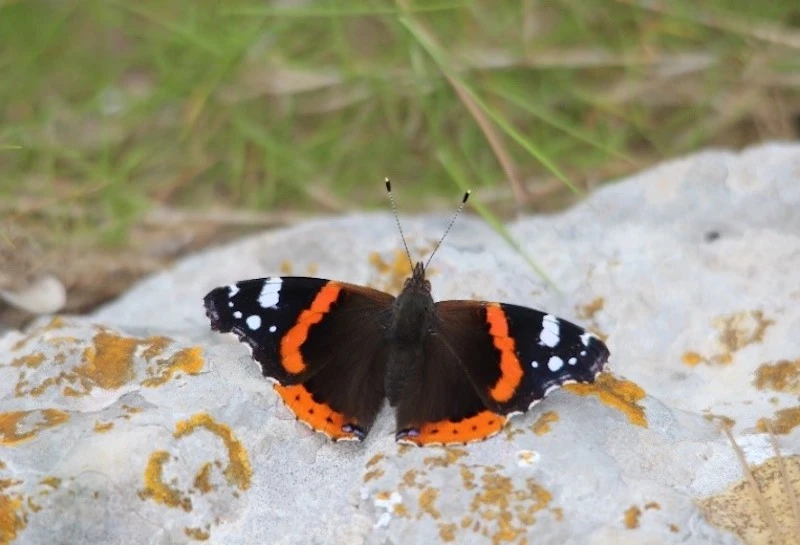
Why did you choose the protection of birds? Your missions within the association are not limited to birds. How and why did you develop them?
The birds’ protection is a foundation of our association. Ten years ago, we were faced with the general degradation of biodiversity and the interactivity between animal species (for instance, the disappearance of insects leading to the disappearance of the bird species that consume them). It was decided to direct our action towards all the taxa of biodiversity and environments.
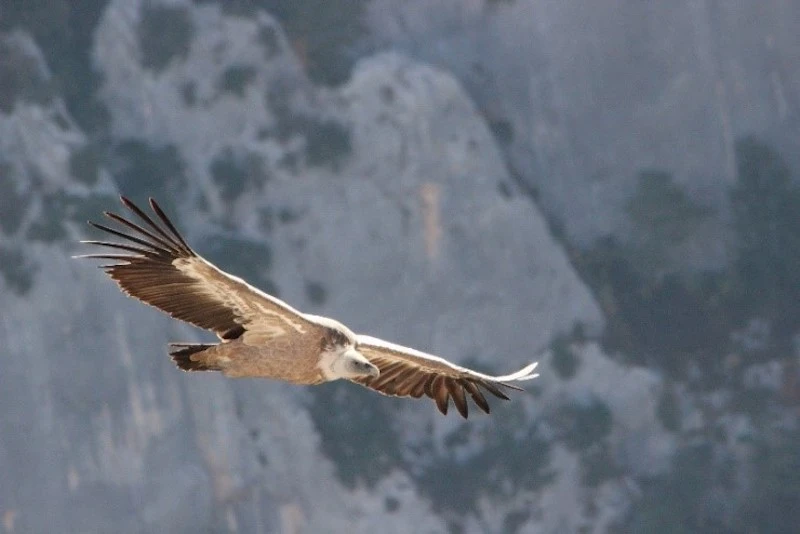
There are undoubtedly some missions that thrill you more than others in the association. Could you share with us one of them, and what is your main motivation?
Within the association, my actions are part of a managerial framework (at the regional level, the association boasts 4,600 members and employs 32 people); I am also responsible for representation (commissions, various authorities) and naturalistic duties (participation in studies and monitoring).
“We wish to fight for a just cause: to save the living nature.”
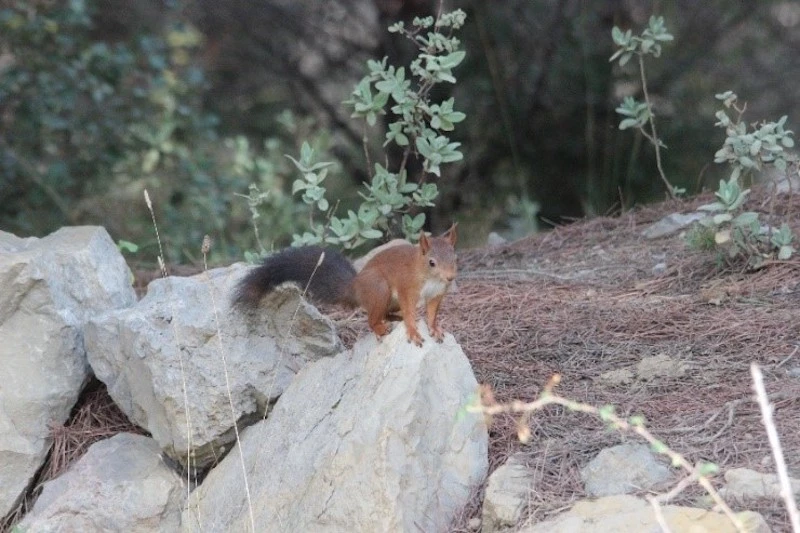
On a personal level, you’re a huge nature lover. How long have you been in love with nature and why?
The love of nature has been a part of me since childhood, from a very young age. I have often asked myself the question: why this attraction for nature? In fact, I believe it is because I find nature wonderful (which explains my commitment to its preservation). The day I will not be amazed by the spectacle of life anymore, I think it will be time to retire..
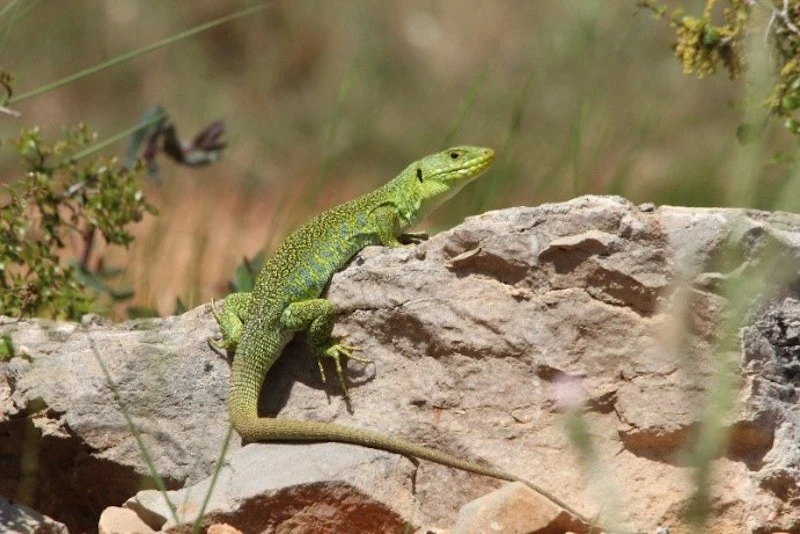
You are also an avid photographer. How did you learn photography and how long have you been practicing it?
Photography is, for me, the possibility to share, to revive a moment, an encounter. Some pictures give me, even several years after the shooting, as much emotion as what I felt in the field the day I took them. I have been practicing photography for more than 50 years, and my training was done as a self-taught person in Nature.
“Photography is, for me, the possibility to make a moment, an encounter, come alive.”
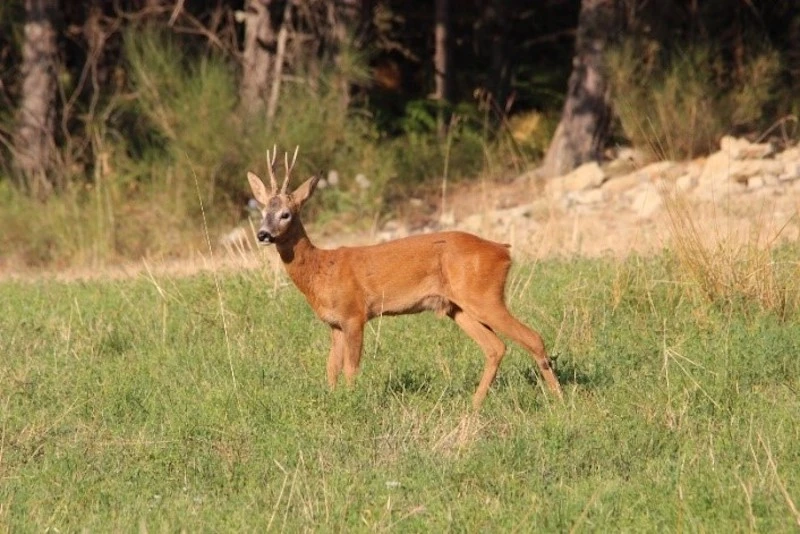
As a photographer, how many pictures do you think you will take in a year? What are your favorite pieces of equipment to capture those wonderful moments?
Each year I take about a thousand pictures on the prowl or on walks where I try to seize the opportunities. Normally I use a 500 mm telephoto lens, but for insects I use macro photography.
Does this interview inspire you?
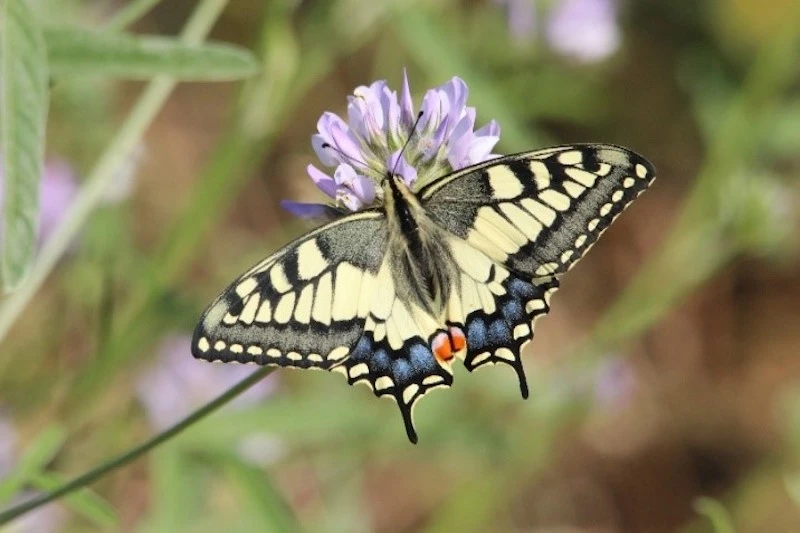
Do you have an opinion on retouching photos in post-production? Do you edit your images? If so, what software do you use?
I’m more interested in photos that evoke emotion than in “perfect” photos. I don’t retouch photos; at most, for broadcasting reasons, I sometimes crop them.
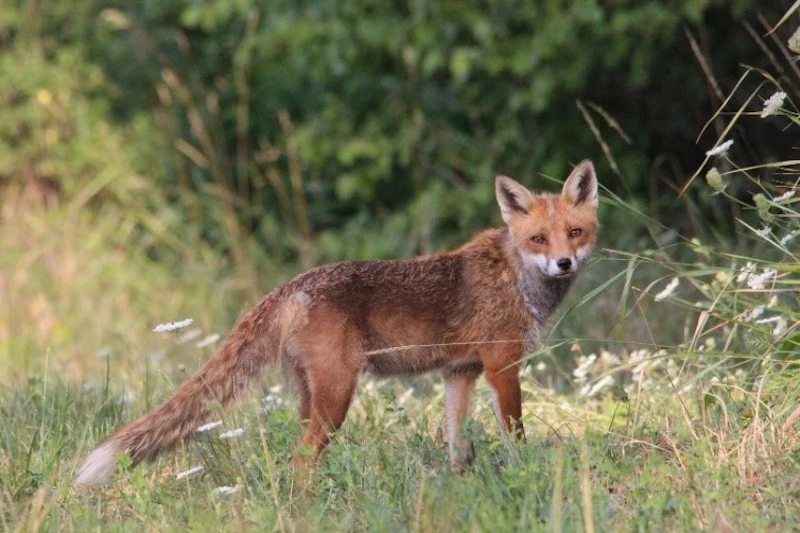
What are the future projects that you will carry out with the LPO association?
First, to finish the structuring of the LPO at the regional level so that it becomes more powerful in the commitment for the biodiversity’s protection.
“We must maintain these actions for the purpose of giving back to nature the richness and beauty that was once hers.”

CYME would like to extend a heartfelt thanks to Pierre Maigre, president of the association, for the time he dedicated to us during this interview. His determination and commitment to the association’s mission of preserving the biodiversity around Pic Saint Loup deeply impressed us. We commend the efforts made to protect the environment.
At CYME, we fully share these values, as we strive to help our community preserve the beauty and tranquility of our planet, as well as unique places like Pic Saint Loup, and to make its namesake, Peakto 1.0 Pic Saint Loup, the best it can be.
Extend this moment with Pierre Maigre and the LPO Association by following them on their website or Instagram.
Photo credit: © Pierre Maigre.






